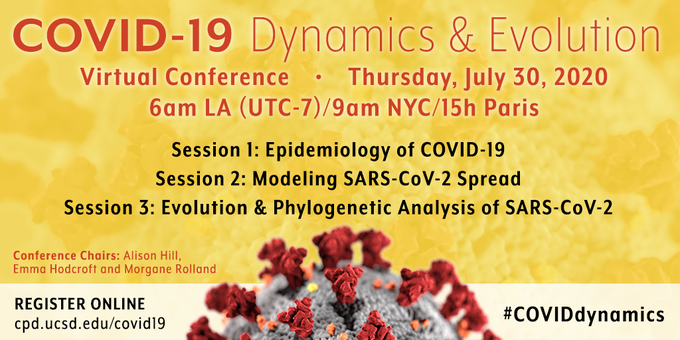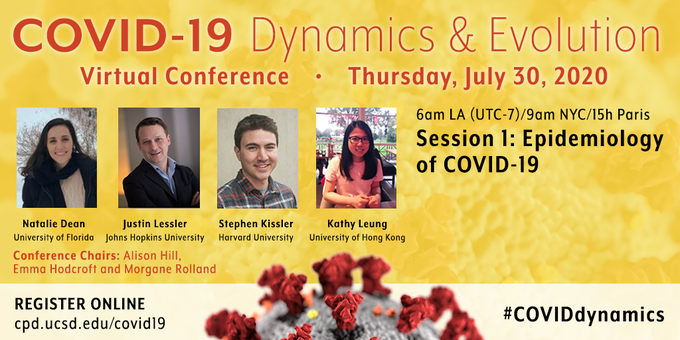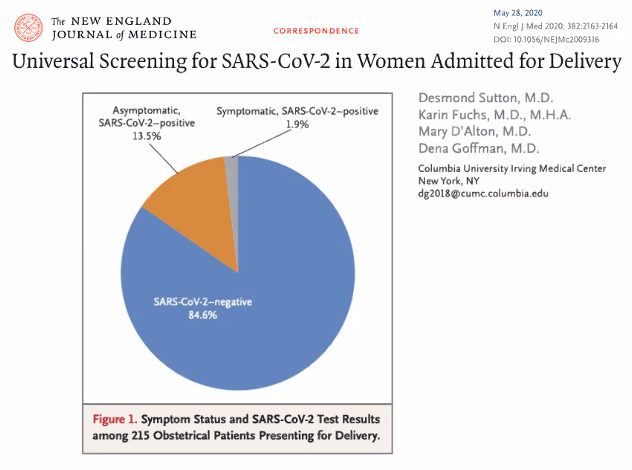
#COVID19 #SARSCoV2 #COVIDdynamics

Many trials to assure safety, immune response, & primary outcome (prevention)
#COVIDdynamics
RNA & DNA vaccines are designed for pandemics as are 'plug & play' - faster in theory. However - no licensed vaccines & require several doses & little evidence of efficacy.
Other methods have more history, but all uncertain at moment
#COVIDdynamics
Though here this is in context of vaccines - impossible to overstate how true this is generally!!!
#COVIDdynamics
- Smart enrolment (high risk 👵🏻, big numbers👩👩👧👦, hot-spots 🌡️)
- Use combination of models to predict good modelling sites 📈
- Multi-site trials as epidemic prevalence wanes & waxes across globe? 🌏🌍
#COVIDdynamics
Points out it's 1 of options available with low social & economic cost - & has been used effectively in some places. But efficacy can be impacted by resources
#COVIDdynamics
Testing, if mostly at symptoms, may only prevent a few transmissions. But their contacts (Quarantine) can be caught early, pre-symptom - preventing more transmissions.
#COVIDdynamics
If low % of cases isolated, delays don't matter so much. As succeed in isolating higher % of cases, delays count more.
#COVIDdynamics
In other words, it lets us get more 'normal' while containing cases!
#COVIDdynamics
'Taking stock' of what happened in NYC & trying to understand variations in hospitalizations, deaths, & prevalence
#COVIDdynamics
By NYC borough, hospitalizations & deaths 2x as high in Bronx as in Manhattan - huge disparities. Could be difference in symptoms, or true prevalence.
#COVIDdynamics
#COVIDdynamics

Was ability to distance important? Could look at mobility data generally as proxy for distancing...
#COVIDdynamics
#COVIDdynamics
#COVIDdynamics
#COVIDdynamics
#COVIDdynamics
#COVIDdynamics
Estimates that G614 is 31% (29-33%) more transmissible than D614.
#COVIDdynamics
Does it cause more severe illness? Estimate infection fatality rate in regions with D614 or G614. Data limited, but G614 seemed to have slightly lower IFR -- though not sig different.
#COVIDdynamics
With @C_Althaus @manonragonnet @SheetalSilal & @joshuasweitz speaking on transmission characteristics 😷, government response 🏦, near- & long-term dynamics 🗓️, & decision making ☎️.
#COVIDdynamics
Early simulations showed outbreak trajectories in China - & emergence at end of 2019. Allowed estimates of early parameters, like R0 & doubling time
#COVIDdynamics
What proportion of infected lead to what proportion of onward cases? Does everyone do same, or do some transmit much more?
#COVIDdynamics
"The earlier you respond, the earlier you can lift measures" - incredibly important message for #Schweiz right now!
#COVIDdynamics
Estimating case/infection fatality ratio challenging:
- under-count mild cases = overestimation
- delay from illness to death means right-censoring= underestimation
#COVIDdynamics
These estimates are in agreement with seroprevalence studies.
#COVIDdynamics
#COVIDdynamics
Can we estimate the impact of lockdowns? Indeed - & some have estimated 3.1M deaths were averted in Europe. However, Sweden didn't lockdown but still had downturn
#COVIDdynamics
Using 7 Jun GISAID data (>40,000 seqs) look at global analysis of local epidemics (31 countries)
#COVIDdynamics
#COVIDdynamics
Time from first case to lockdown varies greatly across world - & correlates w estimated # infections at lockdown
#COVIDdynamics
#COVIDdynamics
#COVIDdynamics
#COVIDdynamics
Our knowns are things we can measure - deaths, infections, etc.
#COVIDdynamics
#COVIDdynamics
Important to remember that for many in South Africa, social distancing & quarantine are not possible if you share water source/multi-gen housing in small units. Also ordering online!
#COVIDdynamics
But as data began coming, short-term projections could be done - & models expanded w detail.
#COVIDdynamics
#COVIDdynamics
Will try to pick up the thread now!
#COVIDdynamics
- higher likelihood that someone has #SARSCoV2
- more potential interactions to spread (super-spreading)
- harder to contact trace - close contacts in gathering hard to reconstruct!
#COVIDdynamics
The idea is that recovered individuals may have different interactions - this dilutes susceptible fraction to levels below herd immunity threshold.
#COVIDdynamics
Models show that this 'rewiring' of interactions may have significant positive effect
#COVIDdynamics
#COVIDdynamics

#COVIDdynamics
- Phylotypes - label shared SNPs, but not persistent
- Clades are persistent, have criteria of size & SNPs
- Lineages are more fine scale - track front edge of epidemic
How to assign them as we get new sequences, though...?
#COVIDdynamics
Pangolin uses trees from full viral genomes - context of all diversity places tips in most likely place!
The issue is - that's a big tree!
#COVIDdynamics
#COVIDdynamics
Similar to 'Civet' for @CovidGenomicsUK - specialised to the UK but useful for investigating outbreaks, too
#COVIDdynamics
Indeed - we can only all aspire to have such fantastic logos!
Turns out it's @AineToole herself! I'm sure she'll do commissions! 😉
#COVIDdynamics
Danielle starts with a reminder of #SARSCoV2 mutation rate - approx 2 mutations per genome per month - & most of these do not change the virus!
#COVIDdynamics
#COVIDdynamics
#COVIDdynamics
REDCap was a successful system in Brazil, but it was discontinued in March - so reverted to old systems & a new "e-SUS VE" system.
#COVIDdynamics
Basic R0 2.6-2.9 - but cases in urban areas spread to less populated locations.
#COVIDdynamics
Difficult to asses spread in lower-income areas; challenging to get accurate diagnoses. Unequal access skews picture.
#COVIDdynamics
After interventions, R drops from 3 to 1-1.6
Incredibly, first case went from sampling to sequence & report in only 48 hours!! An incredible achievement!
#COVIDdynamics
It's possible to see the transition from within & between state transmission - international imports move to local transmission. Most are within state!
#COVIDdynamics
#COVIDdynamics
#COVIDdynamics
At the moment, can measure >300 introductions into Africa, but potentially 1000s - limited by seq data. Mostly from Europe (80%), but early intro from Asia & later from Americas.
#COVIDdynamics
#COVIDdynamics
@Tuliodna finishes reminding that controlling the epidemic is paramount - do not want 'rolling waves' of cases!
#COVIDdynamics
And a *huge* thank you to my amazing co-chairs @MorganeMRolland & @alison_l_hill! And to head organizer Maureen Helinski - this wouldn't have happened without her!

Register here! tinyurl.com/covidday
#COVIDdynamics




